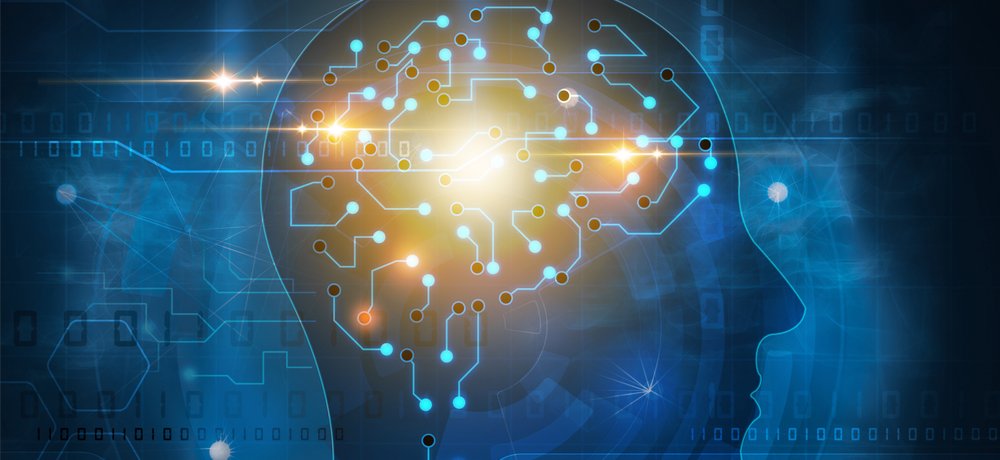The U.S. is facing an unprecedented mental health crisis, particularly among veterans, first responders, and civilians struggling with PTSD and suicide ideation. Senator Kirsten Gillibrand recently proposed new legislation to establish a dedicated mental health hotline for first responders, similar to the Veterans Crisis Line (VCL), which was integrated into the 988 Suicide & Crisis Lifeline in 2022. While hotlines are valuable, they have existed for over 40 years, yet suicide rates remain alarmingly high. We must embrace technological innovation to create comprehensive, proactive, and effective solutions beyond crisis intervention.
The Reality of the Suicide Crisis
Since its launch in 2007, the Veterans Crisis Line (VCL) has answered millions of calls, demonstrating a clear demand for crisis support. However, the suicide rate among veterans remains largely unchanged, with 6,407 veteran suicides reported in 2022, averaging 17.6 suicides per day. First responders face a similar crisis, with 1st H.E.L.P. reporting 143 first responder suicides in 2024 alone, and law enforcement officers having a 54% higher suicide risk than the general population.
Despite decades of awareness and intervention, suicide remains a leading cause of death among those who serve our country and communities. If hotlines alone were the answer, the crisis would have abated long ago. Instead, we need technology-driven mental health solutions that intervene earlier, personalize support, and integrate seamlessly into daily life.
Technological Innovations Can Change the Narrative
New digital tools, AI-driven platforms, wearable devices, and virtual reality (VR) therapies have the power to revolutionize mental health care and prevent crises before they escalate.
- Digital Mental Health & Crisis Intervention Apps
- PTSD Coach (VA & DoD) – Provides self-assessment tools and coping strategies tailored to veterans.
- My3 – Helps individuals build a support network and access emergency resources.
- TogetherStrong – Trains veterans and first responders to have critical mental health conversations.
- Headspace & Calm – Uses AI to guide mindfulness and stress management practices.
These tools empower individuals to manage mental health proactively, rather than only seeking help in moments of crisis.
- AI-Powered Chatbots & Virtual Support
- Wysa & Woebot – AI-driven mental health chatbots offering CBT-based emotional support.
- Ellie AI (USC & SoldierStrong) – Uses facial and voice analysis to detect PTSD and depression symptoms early.
Chatbots provide instant, stigma-free support when individuals are hesitant to reach out to a human counselor.
- Virtual Reality (VR) Therapy
- Bravemind (USC ICT & VA) – A VR exposure therapy system helping veterans and first responders confront trauma safely.
- EaseVRx (FDA-Approved) – Uses VR for pain and stress management.
- Limbix – Assists therapists in treating PTSD and phobias through simulated real-world experiences.
These tools provide immersive healing experiences, bypassing traditional therapy’s limitations.
- Telehealth & Online Therapy
- VA TeleMental Health Program – Expands access to remote therapy for veterans.
- BetterHelp & Talkspace – Provides 24/7 digital access to licensed therapists.
- 7 Cups – Offers peer-support networks for mental health challenges.
Digital therapy solutions remove barriers like stigma, geography, and cost, making care more accessible.
- Wearable Tech & Biofeedback Devices
- Apollo Neuro – Uses gentle vibrations to reduce PTSD-related stress.
- NightWare (Apple Watch, FDA-Approved) – Detects and interrupts nightmares in PTSD patients.
- Muse Headband – Tracks brain activity to enhance mindfulness and relaxation.
These devices provide real-time interventions based on physiological data, offering personalized, preventive care.
- AI-Based Mental Health Monitoring
- Cogito Companion (DARPA-funded) – Analyzes voice tone and speech patterns to detect early signs of PTSD and depression.
- Biostrap & WHOOP – Tracks heart rate variability (HRV) and stress levels to identify mental health risks early.
AI-powered monitoring can predict crises before they happen, allowing for proactive intervention.
- Blockchain & Decentralized Mental Health Support
- Health Wizz & Patientory – Securely stores mental health data for trusted providers.
- Mindstrong – Uses AI-driven behavioral data for personalized insights and mental health tracking.
Blockchain ensures privacy and data security, empowering individuals to own their mental health journey.
- AI-Generated Avatar: Battle Buddy
Developed by the University of Southern California, Battle Buddy is an AI-driven digital companion designed for veterans. It provides real-time mental health check-ins, PTSD coaching, and crisis intervention.
- Mitochondrial Treatment for Mental Health
Emerging research highlights the role of mitochondrial dysfunction in mental health disorders, including depression, PTSD, and anxiety. Scientists are exploring mitochondrial treatments such as:
- MitoQ & CoQ10 supplements – Enhance mitochondrial function and combat oxidative stress.
- Red light therapy (Photobiomodulation) – Supports cellular energy production, potentially reducing symptoms of depression and fatigue.
- Ketogenic diets & metabolic therapies – Help regulate brain energy metabolism, improving mood and resilience.
Integrating mitochondrial health into mental health treatment may offer a biological approach to reducing suicide risk and enhancing emotional resilience.
The Path Forward: Technology + Policy = Real Change
Sen. Gillibrand’s proposed hotline for first responders is well-intentioned but not a game-changer. We must move beyond crisis-response models to build comprehensive, proactive solutions that integrate with daily life and address mental health challenges before they escalate.
The federal government must:
- Fund AI-driven mental health research to develop predictive and personalized interventions.
- Expand telehealth programs to ensure universal access to mental health care.
- Integrate wearable and VR-based therapies into VA & first responder programs.
- Mandate real-time data collection to track early warning signs of suicide risk.
- Launch public-private partnerships to scale AI-powered solutions like Battle Buddy.
We Cannot Afford to Stand Still
While crisis hotlines remain a valuable resource, they are not enough. Suicide rates among veterans, first responders, and civilians have remained stagnant for decades. To break this cycle, we must embrace cutting-edge technology to predict, prevent, and personalize mental health care. The future of suicide prevention isn’t another hotline—it’s AI, VR, telehealth, digital innovation, and mitochondrial health.
The time to act is now. Lives depend on it.

